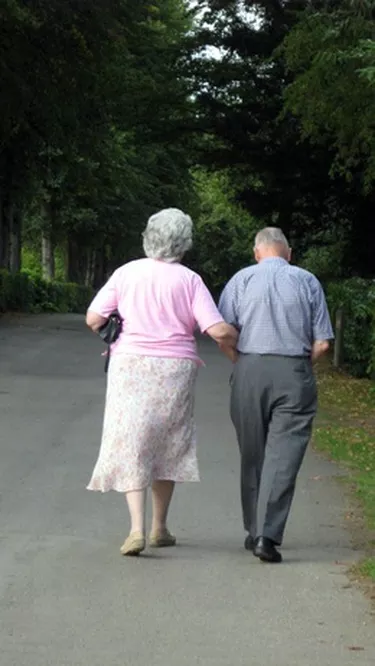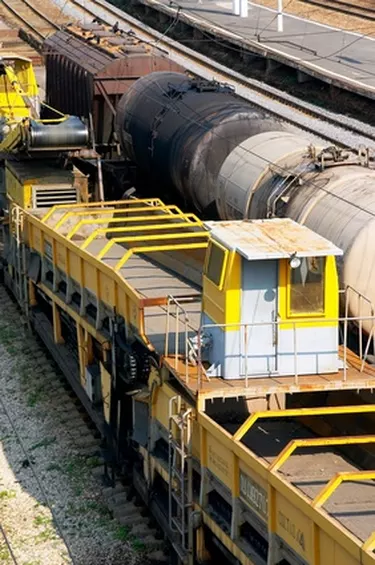
Government social insurance programs provide a safety net for society's elderly, indigent and unemployed persons. Different government programs provide different benefits and are funded in different ways. Social Security and Medicare benefits focus on retired and disabled individuals. Social welfare and unemployment programs benefit the impoverished and displaced persons in society. These primary social insurance programs provide recipients with money, pension management and health care assistance.
Cash Benefits
Video of the Day

The government aids families with direct cash assistance in several ways. In the U.S., cash assistance is available to qualifying persons through unemployment insurance. Each week, recipients must certify their status in order to receive weekly unemployment checks. According to the California Employment Development Department, unemployment insurance is funded through taxes paid by employers.
Video of the Day
Health Care

Social insurance programs help pay the healthcare expenses of elderly and impoverished citizens. Medicare covers U.S. citizens after the age of 65 and Medicaid offers health coverage to poor families with children. Tennessee and other states offer separate health care assistance to the needy, as well.
According to the Social Security Administration, nearly 46 million people participate in the Medicare program. This number includes senior citizens, younger people who receive Social Security benefits and anyone with end-stage kidney disease. The program covers hospital visits, doctor's office visits and prescription drugs through a plan called Medicare Part D.
Pension Management

The Railroad Retirement Board is a government agency that administers the social insurance program for retired railway workers and their dependents. Rail companies and their employees pay taxes on wages earned in addition to Social Security taxes. The Railroad Retirement Board manages the payment and investment of these pension funds. Railway workers also participate in Medicare and are eligible for sickness benefits before they retire. According to data compiled by the board, 275,000 retirees and 233,800 active railroad employees currently contribute to, or receive benefits from, the program.